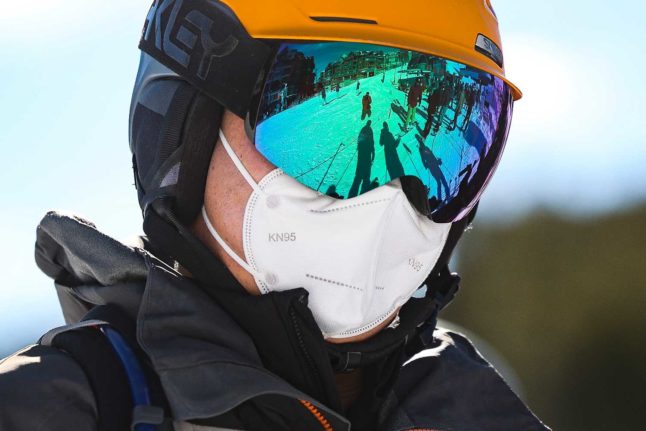Note: This article was published on November 27th. The rules have since changed. More information is available here.
While the leaders of Italy, Germany and France are pushing for a continent-wide ban on skiing until at least 2021, Austria has promised the slopes will open before Christmas – just.
December 24th has been set as the date for reopening, however it depends on case numbers continuing to fall.
How is Austria making skiing safer?
Austrian Tourism Minister Elizabeth Köstinger said on Thursday, November 26th, that ski resorts were taking a number of steps to make skiing safer – with the most notable being a banning of Apres Ski activities.
“We will do everything we can to ensure that the number of infections falls and that a winter holiday in Austria is possible,” she told Germany’s Spiegel.
“Austria is taking all measures to enable safe holidays.
“You don't get the virus on the slopes, but when you party afterwards. That's why there won't be any après-ski this year.”
'We are well prepared': Salzburg wants to open ski resorts before Christmas
Distance, masks and hygiene plans
Köstinger said strict measures would be taken to minimise infection risks on the slopes and in chair lifts.
“Distance, mouth and nose protection and hygiene concepts ensure maximum safety,” she said.
Köstinger said she was aware of the viral photos showing long lines with no social distancing at ski lifts in October – and said resorts had taken several steps to prevent this from happening again.
“These pictures from the Zillertal and Kaunertal were catastrophic. We held intensive discussions with the cable car operators so that this would not happen again,” she said.
“There are floor markings and disinfectant dispensers everywhere at the entry and exit points.”
As with elsewhere in Austria, masks must be worn outdoors if the minimum distance of one metre cannot be kept.
Therefore, while skiing can take place without a mask, masks will be required in queues and other crowded areas.
Masks must be worn indoors except when sitting to eat.
'Out of the question': Struggling Austrian ski resorts reject 'local discounts' idea
What about cable cars?
Under Austrian law, cable cars are considered to be public transport – so the same rules that apply in the subway apply here.
On cable cars, masks must be worn which adequately cover the nose and mouth.
Cable cars – and the queues people line up in to board – are also practicing social distancing.
According to Der Standard, this includes ensuring gondolas – i.e. enclosed cable cars – are not shared.
“Nobody should be forced to get into a cable car if, for example, there are already people in it who do not live in the same household.”
Gondolas will be regularly disinfected, reports Der Standard.
According to Köstinger, the majority of Austrian ski lifts are not enclosed.
“85 percent of all lifts are open anyway, in the fresh air,” she explained.
“And there is no cable car in Austria that takes longer than 15 minutes to travel. The risk of infection is low.”
Each cable car will have its own “Corona Officer” who seeks to ensure all measures are being maintained.
How about restaurants?
Restaurants with more than 50 guests will need to provide a hygiene and safety plan which shows how infection risks will be minimised.
This includes regular ventilation, distance between tables and patrons, as well as strict rules at buffets.
Masks must be worn by all staff and by all customers except at the table.



 Please whitelist us to continue reading.
Please whitelist us to continue reading.
Member comments